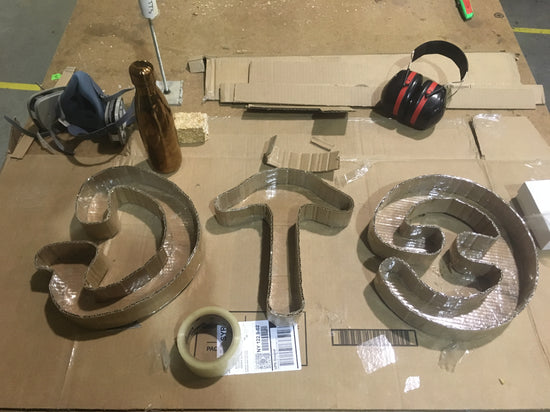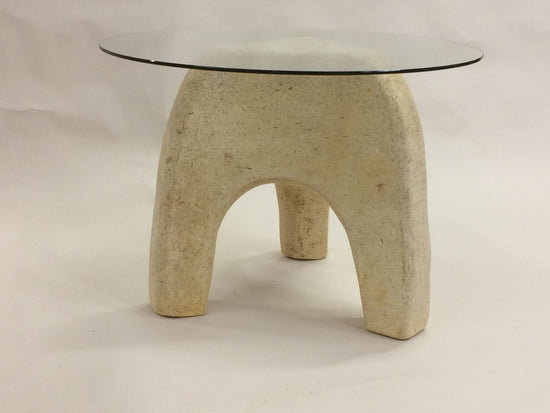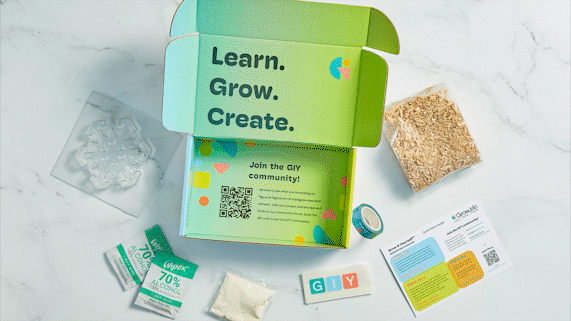
A: I always had this interested in both the natural sciences and design. At the university I was exploring both of those areas though the experimental architecture prism, investigating the intersections between the biology and design in the architectural application. On one of my design meetings, I had a gripping conversation with my tutor about the mycelium application as sustainable material. That intriguing talk, encouraged me to I started my own research on mycology, which opened my eyes for the mycelium broad application and its amazing possibilities in the field of sustainable architecture. I got extremely fascinated about mycelium vast use not only in the field of design. At the university, I worked with the mycelium conducting several material tests and experiments. I continued on working with it within my final year, pushing the research further with my dissertation project and then design. That was also the beginning of the “MYCOsella – Growing the Mycelium Chair” project, then giving an inspiration for the following mycelium experimentation such as “MYCOmoss Bird House”.

Q: What exactly are you researching/working on?
A: As a young designer and an architecture student, I am working on challenging the thresholds between the nature and the design. I believe that imagining the future of the design and architecture, rethinking the design approaches slowly becomes a necessity. Looking at the design though the eyes of ecology and the environmental opportunities, in my projects I am aiming to respond its existing surroundings and driving its biggest strengths from there. Mycelium as the spark began my exciting journey with the “living materials”, being a primer part of the wider exploration ahead of me as part of the responsibilities of future architect that I would like to work on. While working on the MYCOsella project, my research was focused on strategy creating products grown within reusable forms, providing a possibly applicable solution for manufactures reducing the hazardous materials like plastic within a wider production.

Q: What is the purpose of your research/work?
A: The purpose of my work is to share the great possibilities of mycelium as a natural source of the potential substitute for the hazardous materials around us. Simple replacement of those hazardous could gradually contribute to the wider environmental and sustainable design rising the awareness about the climate change issues and determining the possible solution within the field of design.

Q: What do you like most about working with mushrooms/mycelium?
A: Despite the fascinating material growth, it is amazing how broadly the mycelium could be used and how many possibilities it gives as entirely natural, relatively strong, biodegradable material. Through the eyes of designer, it is an exciting media to work with, evoking opportunities for a great variety of finishes, amazing pallet of textures, colors and tones, strongly indicating the individuality of every piece grown. The aspect I enjoyed the most while working with mycelium was its “unexpected” nature driven by its growth processes, creating always an “original” copy, even if recreated several times using the same form.
A more in depth look of her project can be found here!





